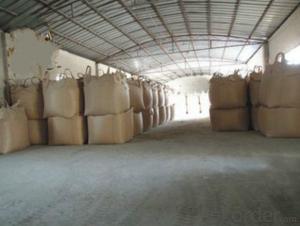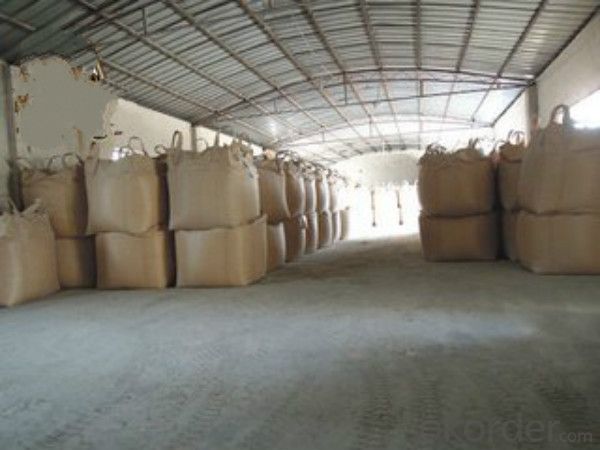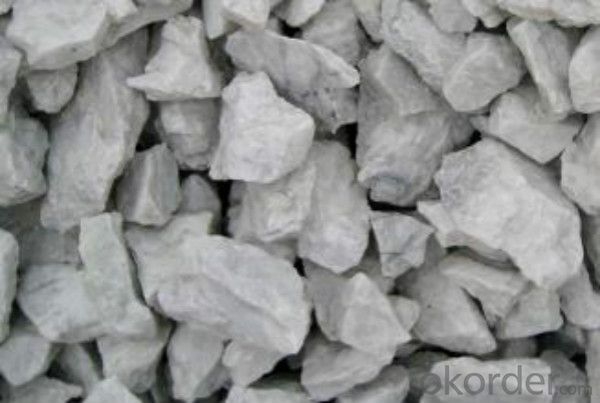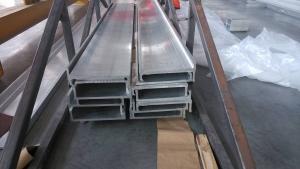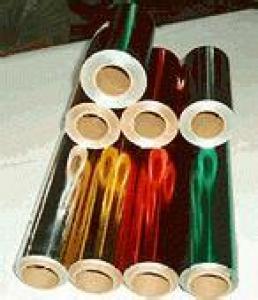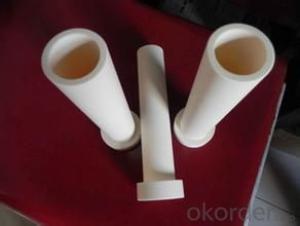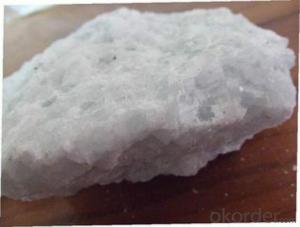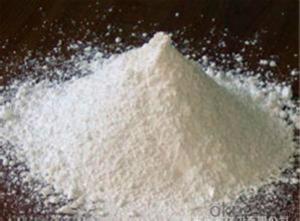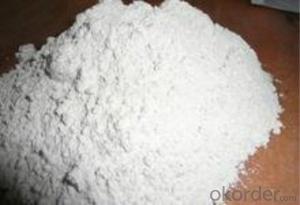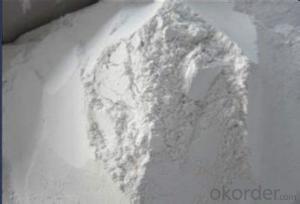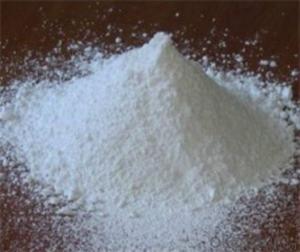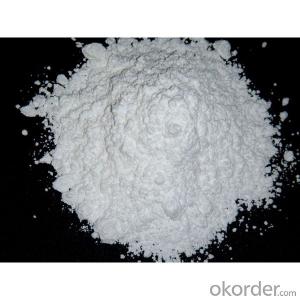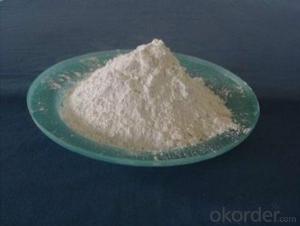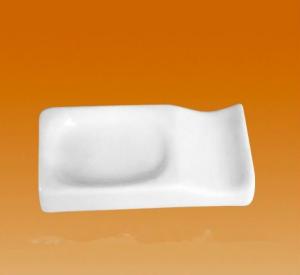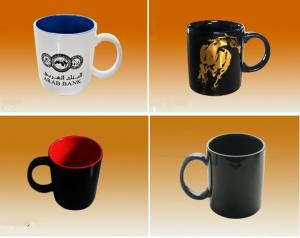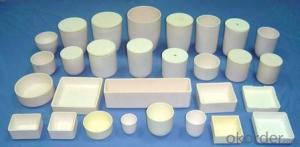3% Fe2O3 Wollastonite powder for glaze Industry
- Loading Port:
- Fuzhou
- Payment Terms:
- TT OR LC
- Min Order Qty:
- 108 m.t.
- Supply Capability:
- 2080 m.t./month
OKorder Service Pledge
OKorder Financial Service
You Might Also Like
Specification
Brief Introduction
Wollastonite is featured with good heat resistance, hard wearing and corrosion resistance, and strengthening and reinforcing functions. Being innocuous, flavorless, and non-radioactive, wollastonite is environmental type functional material that is extensively applied in the fields of plastics, rubber, paint, friction materials, building materials and metallurgy protection. We are high praised by our domestic and foreign customers
With high quality, reasonable price and timely delivery, our products have been export to many foreign countries and areas, such as South Korea, Japan, Turkey etc. our company has got praise in both domestic and foreign markets.we have been the trusted and preferred supplier to the mineral&chemical products and the market share is growing rapidly and firmly. Warmly welcome all friends from domestic and abroad to cooperate with us
Features
1.Sample for free for your test.
2.Provide professional product consultation.
3.Offer competitive price.
4.Have precise quality control department.
5.Taking photos during the production and shipment, send the photos to customers;
6. Documents Department, to serve customer professionally.
7.Always think of the customers and make the add-value.
Specifications
Wollastonite Specfications | SiO2 | CaO | Fe2O3 | LOI | Whiteness | Size |
Glaze grade A | ≥49% | ≥44% | ≤0.3% | ≤2% | ≥90 | 200-400mesh |
Glaze grade B | ≥49% | ≥44% | ≤0.3% | ≤3% | ≥90 | 200-400mesh |
Ceramic-Body Grade | ≥41% | ≥39% | ≤0.5% | ≤8% | N/A | 0-400mesh |
Paint Grade A | ≥49% | ≥44% | ≤0.5% | N/A | ≥90 | 325-2000mesh |
Paint Grade B | ≥30% | ≥40% | ≤0.5% | N/A | ≥91 | 325-2000mesh |
Filler Grade | ≥49% | ≥43% | ≤0.3% | ≤4% | ≥90 | 200-2000mesh |
Welding Grade | ≥45% | ≥40% | ≤0.8% | S≤0.04% | P≤0.04% | 60-325mesh |
Pictures
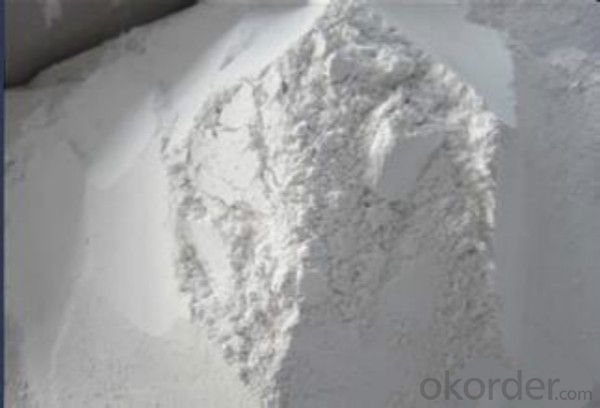
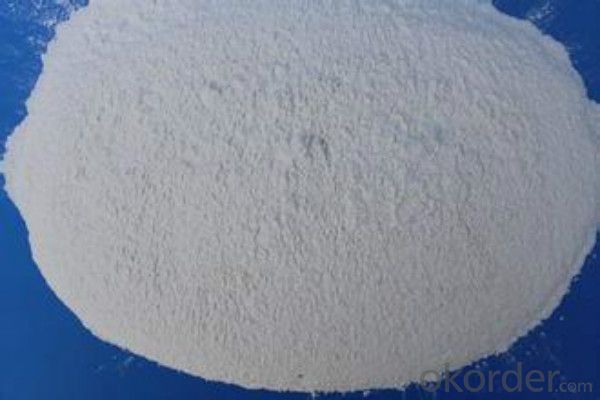
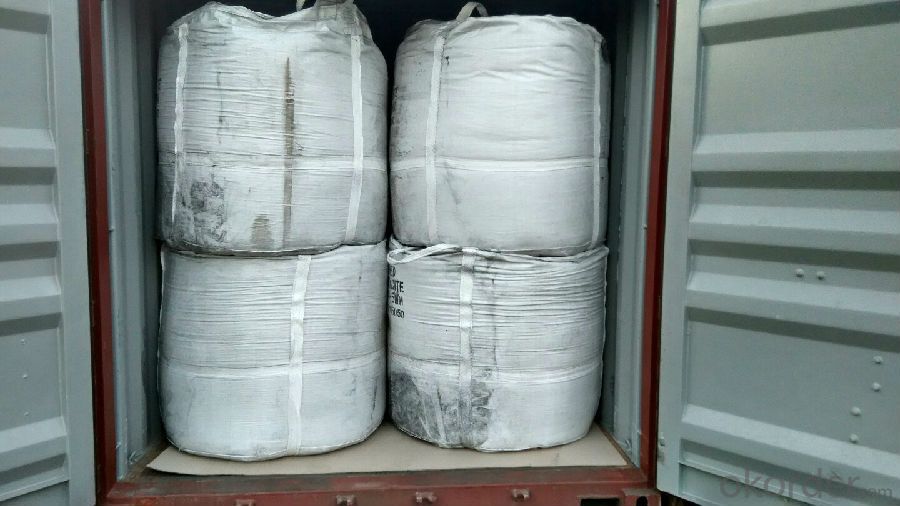
FAQ
1 What is the packing and shipment?
In jumbo bag with pallet and without pallet
In bulk container
2 What is the Payment term?
T/T with down payment, L/C, D/P
3 What is the Delivery time?
Within 15 days after receiving the down payment or the LC draft
- Q: I just bought a house and when we moved in the floors were so shiny, after I mopped the floor it didn't look like that, it looked dull, I don't know what they used, they left a bottle of mop cleaner but they also must have used something else because that's what I mopped with but it didn't shine, does anyone know what works?
- You probably need to wipe it and dry it with a towel after you clean it with some vinegar and water. Sounds like the cleaner left a residue on the tiles.
- Q: Can anyone give me any information about this asian ceramic statue?
- I have an eye for periods and cultures, even when I've never seen the like before. It is my guess that this piece is Chinese, probably circa 1920 to 1935, hand painted. Probably cast. Maybe not even ceramic--have you held it? Do you know? It might be a dense papermache, like some picture frames from the late 1800's were cast from. It may have been mass-market in its day, but this piece is not likely to be commonly found now. Maybe in Hong Kong, some collectors may still hoarde them. I'd say it might have been made in Macau. (A trade center set aside for Europeans, on the shores of mainland China). If you are concerned with its value for insurance or selling reasons, you might consult the American Appraisers Association. I'm not sure of their proper name, but give google a whirl.
- Q: For our new house i want to know what should i use in Kitchen. Ceramic Tiles or marbles
- when its raining or you cant see threw the windsheld.
- Q: Can your turn down a ceramic heating bulb with a dimmer, making it give off less heatIm getting a bearded dragon soon, just wondering if i can turn it down If its too hot during night time temps, speciously in winter months.thx.
- Lighting: Bearded Dragons require full spectrum lighting for 12-14 hours a day. I happen to use the Reptisun 5.0 or 8.0 fluorescent bulbs. There is also other brands available such as the Reptiglo or lumichrome bulbs. These fluorescent bulbs should stretch the length of your Beardies enclosure and your B.D. should be able to come within 6-8 inches of the light. The UV light should be placed over the cage and not directed through the glass, glass will deflect the UV rays. Follow the directions on the package of the bulb for replacement frequency. Heating and temps: To produce heat and a basking spot in your enclosure you can use either a ceramic heat emitter, a reptile basking light(red, blue or white) or just a plain old household lightbulb. The best fixture for any of these choices is a porcelain dome light fixture. This type of fixture is a must with a ceramic heat emitter due to the amount of heat they produce. The temperature for this basking spot you created should be around 110f for juveniles and can be around 95f for adults. Allthough I don't recommend any temps above 110f, within a few degrees of these basking temps will be sufficent. The cool side of the enclosure should be around 85f during the day. Once again within a few degrees of this temp is just fine. Night time temperatures can fall as low as 65f. It is fairly easy to keep your night temps above this even in the winter. If you can't keep your temps above this you may want to consider buying an under tank heater (UTH) for night time use. Using this just during the evening hours will help create a warm spot for your Dragon to sleep. DO NOT use heat rocks as these can cause serious burns on your animals underside. A thermometer on the hot side and one on the cool side will make sure that your temps are in the range they should be in.
- Q: I am 16 years old and I will be getting braces this weekBut I want ceramic braces the dentist told me it breaks easily,well I would be much careful and I do care about my look alotIs the ceramic braces very visble and the metal line that goes through the teeth can be white rather than metal color
- he will put a bomb,slash your tires,key your car and even kill you, ive heard some serious stories so just becareful my friend.
- Q: Best ceramic cooktop?
- I've got a ceramic cooktop where I live now. I didn't buy it and it is the first time I've used one. It is dreadful. If I heat something using boiled water from the kettle the circle on the cooktop doesn't heat up enough to keep the water hot. It's as though it says ok the water is hot so I won't heat it anymore, so the water cools down instead of staying hot. One of the circles has the option of using a small inside circle or a larger outside circle and it doesn't seem to operate as the switch setting would indicate. All the circles take ages to heat up. You have to be very careful with the bottom surfaces of your pans or you will scratch the cooktop surface irrevocably. You must clean up all spills immediately or they will burn onto the surface and are very difficult to remove without damaging the surface. It is a GE make. I don't know if I'm just unlucky or if all ceramic cooktops are like this.
- Q: Top ten ranking of Chinese ceramics
- In 2009, China Ceramics ten brandsMarco Polo, Dongpeng, Nobel, Baxter, eagle, Monalisa, Sumit, Huida, rudder, newzhongyuanMarco Polo (China famous brand, China famous brand, China's top ten tiles brand)Dongpeng tiles (China well-known trademarks, Chinese brands, national inspection free products, China's top ten tiles brand)Nobel (Zhejiang famous brand, national inspection free products, well-known influence products, top ten tiles brand)Baxter (Chinese ceramic ceramic industry famous brand, national Mianjian products, antibacterial antifouling patent certificate, Guangdong province famous trademark)Eagle (A Well-Known Trademark in China China, famous brand, national Mianjian products, China ten tiles brand)Monalisa (China well-known trademark, China famous brand, national inspection free products, China's top ten tiles brand)Xinzhongyuan (A Well-Known Trademark in China, China brand, China ten tile brand)Goldwheel (A Well-Known Trademark in China Chinese, famous brand, national Mianjian products, China ten tiles brand)Sumit (A Well-Known Trademark in China, Chinese brand, first-line brand, ten brands of ceramic, newpearl Ceramics Group Co. Ltd)Huida (China famous brand, China famous brand, line brand / brand, China's ten largest ceramic brand, Tangshan Huida Ceramic Group)
- Q: How to distinguish the good or bad of ceramic cup?
- If the sound is clear and the quality is good; if the sound is dull or hoarse, it shows that it is inferior or not burned; it is inferior.See whether the shape of Zhou Zheng, porcelain products on the plane to observe, requiring a smooth and small deformation.Look at the decoration flower surface is beautiful and easy, color harmony, the selection of gold and silver decorative porcelain, but also with the hand rub, to see whether the removal of gold color.
- Q: The implementation of SMT, the performance of aging that patch capacitance crack, crack position is from the starting point to the substrate electrode electrode position starting point slope, 45 degree direction, suppliers say external pressure caused by the master, ask who knows? How should I prove it? Details of the method can be added to the score.This is the appearance of cracking.There is also another symptom, the appearance of which shows no cracking, but there are cracks, cracks and symptoms in the same first symptoms
- The main failure modes of SMD ceramic capacitors are fractureChip ceramic capacitors for common failure is broken, this is the chip ceramic capacitor medium itself. The decision of brittle chip ceramic capacitors directly welded on a circuit board, all kinds of machinery from the circuit board directly under stress, and lead type ceramic capacitor can be absorbed from the circuit board by mechanical lead stress. Therefore, the chip ceramic capacitors, because of different thermal expansion coefficient or circuit board bending caused by mechanical stress is the main factor of chip ceramic capacitor fault.
- Q: Please help! I have a ceramic oneAren‘t those supposed to be better?
- a ceramic straighter won't burn your hand when your using it as much as a regular one will :)
Send your message to us
3% Fe2O3 Wollastonite powder for glaze Industry
- Loading Port:
- Fuzhou
- Payment Terms:
- TT OR LC
- Min Order Qty:
- 108 m.t.
- Supply Capability:
- 2080 m.t./month
OKorder Service Pledge
OKorder Financial Service
Similar products
Hot products
Hot Searches
